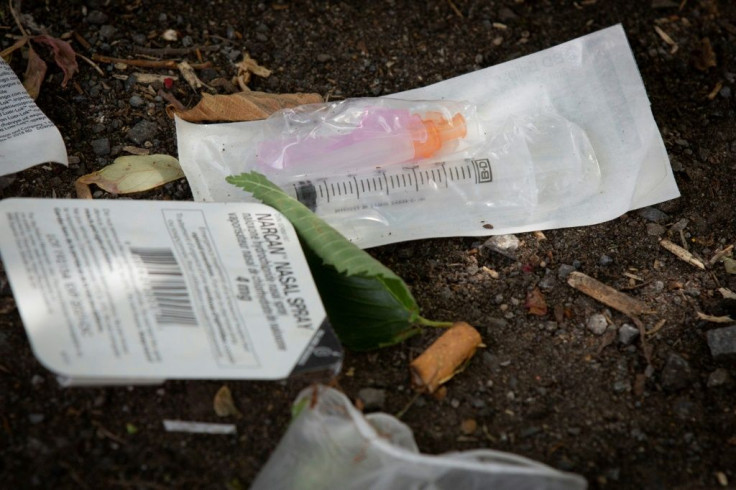As Overdoses from Opioids Fall, Those from Meth Rise

In a study published by JAMA Psychiatry methamphetamine overdose deaths rose dramatically over an eight-year period from 2011-2018. The study, conducted by the National Institute on Drug Abuse, determined that while the country was focused on the opioid crisis, a methamphetamine crisis was developing “quietly and actively.”
The death rate from methamphetamine overdoses rose from 1.8 to 10.1 per 100,000 men, and about half that for women.
The death rate increased across all racial and ethnic groups, with native Americans and Alaska Natives having the highest death rates. The reasons given for this are the numerous health disparities in the two groups as observed by the Indian Health Service section of the Department of Health and Human Services. The age range was limited to those between 25 and 54, as data show that this is the age group that uses methamphetamine the most.
The JAMA study observed that the sharp rise might be because there is no FDA-approved medication for treating methamphetamine use or for reversing overdoses. Behavioral therapies, like contingency management therapy, can be effective in lowering the harms associated with drug use.
In 2015, the FDA approved naloxone nasal spray for treating opioid-related overdoses.
As the opioid crisis found more mainstream attention and action, this study, published by the National Institute on Drug Abuse, found that the rates of prescription opioid deaths were decreasing between 2011-2018. The same study also found that even after a spike in heroin-related deaths in 2016, by 2018 the opioid rate was declining.
Even compared to fentanyl-related deaths, which were also on the rise in the same time period, the methamphetamine overdoses starkly outpaced them. As seen in this 2019 CDC report, fentanyl deaths began soaring from 2013 on: in 2011 and 2012, each year saw about 1,600 fentanyl-related deaths. But by 2016, there were 18,335 deaths.
While there was a rise in deaths in both sexes, the drastic shift pertained to age and race. Among men, the primary increases were among those in the 15-24 and 25-34 age groups. Within those groups, non-Hispanic black persons saw the largest annual percentage of rising in fentanyl death.



























